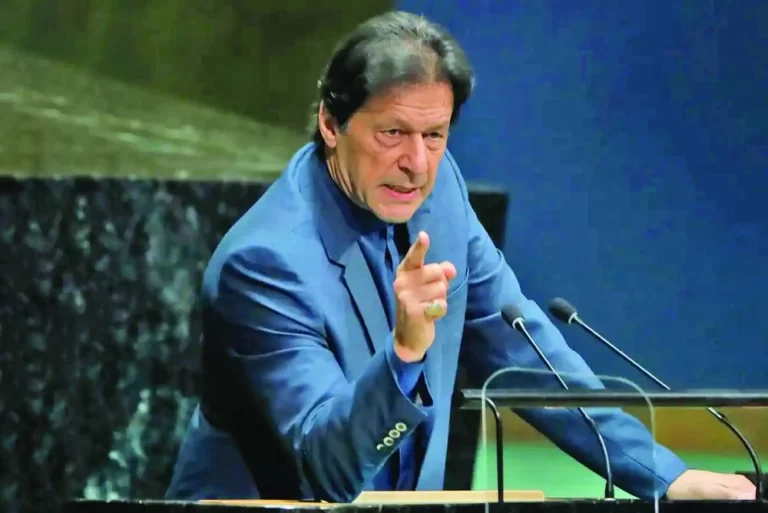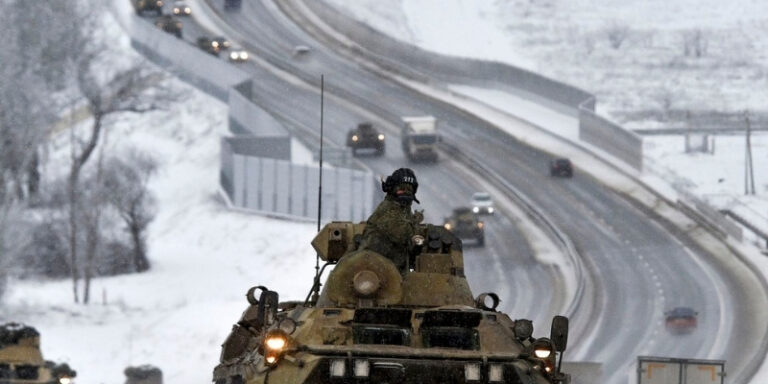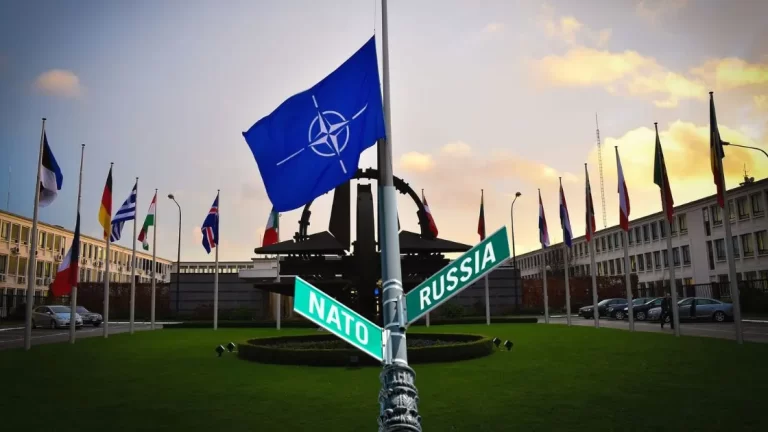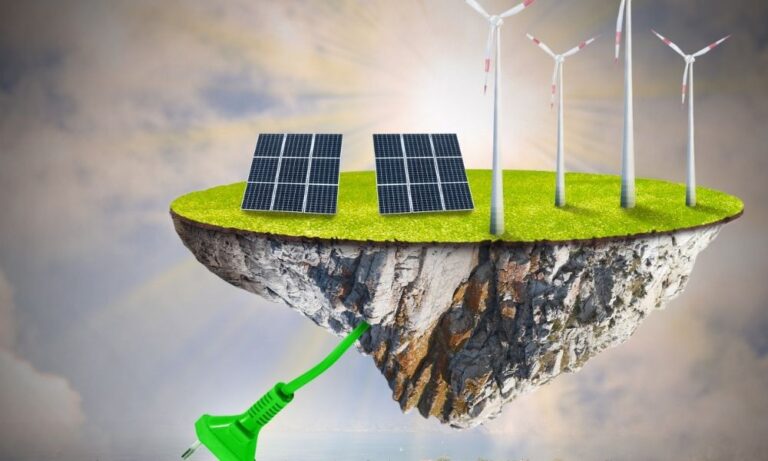India Continues to squeeze Water Tap on a politically Chaotic Pakistan
Zeeshan Javaid
It doesn’t matter that Narendra Modi, an Indian premier is laying the foundation stone of 850 MW rattle and 540 MW Kawar hydropower projects in Indian administered Jammu & Kashmir on Chenab the western rivers of Pakistan under the Indus water treaty 1960, but the question is what Pakistan is doing to protect its water rights?
Another loss on the waterfront to Pakistan, the Indian government finally playing a smart move on water disputes between two nuke arms powered countries has given the go-ahead to complete controversial hydropower projects of accumulated power generation capacity of 1350MW of Rattle and Kawar setting aside the objections raised by Islamabad on projects design.
First Legal Battle with India over Water Issues
Pakistan lost its first legal battle with India on the 900MW Baglihar Hydropower project in 2007 when neutral expert gave decision in India’s favour and the Pakistani authoritarian, the federals secretary of the ministry water and power at that time along with than Indus Water Commissioner Syed Jamaat Ali Shah to save the skin announced bluntly the misguided statement of victory.
India took a quick start to constructing the controversial Baglihar hydropower project in 1999 when Pakistan’s democratic regime led by former Prime Minister Nawaz Sharif was folded by former military chief Gen ® Pervaiz Musharaf as the result of a conspiracy initiated by the ruling political force PML-N.
Pakistan decided to approach the World Bank (WB), the guarantor of the Indus Water Treaty 1960 to resolve the dispute amicably by appointing a Neutral Expert; however, the political instability in the country and nonserious attitude of bureaucratic masters pushed the empire to give a decision in the favor of India and finally, Pakistan lost the legal battle.
Again in August 2016, it was another black day for Pakistan’s water history, when the team of Indus Water Commission along with the rental foreign experts on legal and water issues faced embarrassment in the Permanent Court of Arbitration, Hague Holland when the chief arbitrator Justice Stephen Schwebel announced the decision of another disputed 330MW Kishanganga hydropower project going in favour of India.
Now the third time, when the establishment and political forces are busy showing muscles against each other in a wrestling field, Indian premier, Narendra Modi arranged a planned visit to Indian administered Kashmir and laid the foundation stones for the controversial 850MW Rattle Hydroelectric Project and 540MW Kawar Hydroelectric Project to be constructed in Kishtwar District on the Chenab the western river of Pakistan.
NHPC Limited, India’s hydropower company formed a joint venture (JV) with Rattle Hydroelectric Power Corporation Limited for the implementation of the 850 MW Rattle Hydroelectric Project.
Indian government already conveyed investment sanction for construction of 850 MW Rattle HE Project at an estimated cost of Indian Rupees 52.82 billion, while another disputed 540 MW Kawar Hydroelectric Project has also been pushed by the Indian government for construction on the Chenab river in Kishtwar District at a cost of over Indian Rupees 45 billion.
As Pakistan continues to be busy with internal political chaos and a tug of war between the establishment and the political institutions, India continues to march towards making Pakistan water-dependent and highly vulnerable in the years to come.
Many insiders engaged with these developments believe that Pakistan continues to lose the battle of water with India on two accounts; one being the non-serious a has lost an ad-hoc approach of the establishment to deal with this issue and the second is utter lack of legal and technical expertise in the area of water treaties, watershed management, and water planning.
The detailed analysis of data about water inflow revealed that flows in river Chenab have decreased up to 30 per cent compared to the inflow data of the previous 10 years.
Pakistan considered it to be Indian water aggression.
Indian PM’s staged visit to IIOJK & laying foundation stones of hydroelectric projects, in contravention of Indus Waters Treaty, is another desperate attempt to project false ‘normalcy’ in occupied territory. We stand with Kashmiris as they rejected the visit & observed Black Day
— Shehbaz Sharif (@CMShehbaz) April 25, 2022
Water inflow data available with the Water and Power Development Authority (WAPDA) revealed up to 42000 cusecs water inflow in Chenab River at the point of Marala Headworks in June 2021. It stood at 63000 cusecs in the same month of 2010, recording a decrease of 21000 cusec
This is a water entry point into Pakistani territory. Water flow was recorded up to 42000 cusecs in June 2021 as compared to 63000 cusecs in the same month of 2010, showing a decrease of 21000 cusecs.
River water has had been an issue between the two nuclear-armed countries with India regularly attempting to dry the rivers falling in Pakistan’s share; Chenab, Sindh, and Jhelum.
Pakistani authorities believed India controls the flow of water in Chenab intentionally in sheer violation of the Indus Water Treaty 1960.
Pakistan further claimed that India exasperated the issue by proceeding to initiate new projects such as the Rattle Dam on the Chenab River and many other projects.
The deadlock between Pakistan and India continues on water issues
The completion of these projects will result in modifying the allocation of river waters to Pakistan, depriving the people of the Indus Basin region of the basic human right of access to water.
In February 2019, India again threatened Pakistan to restrict water flowing through its rivers to Pakistan. Nitin Gadkari, India’s transport minister had said in a tweet to stop the share of water, flowing to Pakistan.
Indian Minister also threatened to divert water from Eastern Rivers to supply it to people living in Jammu and Kashmir and Punjab.
India has geared up its construction activities on the 850MW Rattle hydropower project on the Pakistan river with objectionable designs during the last five-year time after the World Bank stopped on December 12, 2016, separate processes initiated by India and Pakistan under the Indus Waters Treaty to allow the two countries to consider alternative ways to resolve their disagreements on the said project.
India had erected the Kishanganga project with an objectionable design in 2017, one year after the pause taken by the World Bank and now it is advancing its construction activities on the site of the Rattle Hydropower project again with a design that does not conform with provisions of waters treaty as per the objection raised by Pakistan.
Pakistani authoritarians believed that in case the Rattle project is completed in the presence of the ongoing pause taken by the World Bank, Pakistan would have to brave a 40 per cent loss in water flows that are destined to reach Sialkot Head-Marala.
About the Rattle project, Pakistan had four objections. It had called for Freeboard to be one meter instead of two meters.
Pakistan insisted on poundage to be a maximum of eight million cubic meters instead of 24 million and stressed an intake level of 8.8 meters and spillways at the height of 20 meters.
Syed Mehar Ali Shah, joint secretary in the Water Resources Ministry and also serving as Pakistan’s Commissioner of Indus Waters in his statement said that the construction of the Rattle hydroelectric plant as designed by India has been disputed by Pakistan.
He said that India has so far not fulfilled its Treaty obligation of sharing information with Pakistan regarding for Kawar Hydroelectric Plan.
Shah further said Pakistan believed such laying of foundation stones for the two projects by the Indian Prime Minister is in direct contravention of the Indus Waters Treaty of 1960.
He was of the view that Pakistan’s Indus water commission office is continuously in touch with the World Bank and it has promised to mediate between the two countries, but no progress was made in this regard.
Expert on Transboundary water conflicts, Sheraz Memon said that the official masters of Indus waters never raised the genuine issues about the Rattle Hydropower project despite knowing the fact that India is working speedily on the controversial 850MW Rattle hydropower project since 2014.
He said that India had completed significant civil works so far to kick start construction work on the dam portion, having a height of almost 134 meters.
The writer is an Islamabad-based senior journalist and closely works on international affairs, global energy, transboundary water conflicts, and political business. He can be reached at [email protected]








